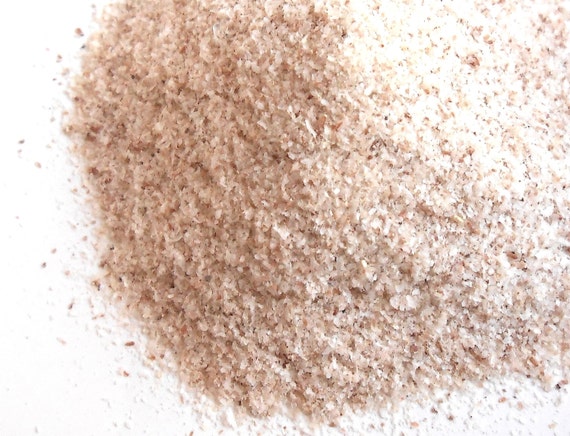NYSE
AA JCP AMD
NOK
NASDAQ
SIRI PLUG DRYS
BBRY MNKD ATML
CHTP DCTH ARIA
Business Calendar - Stock Upgrades and Downgrades - Before the Bell - Inside The Market - World Currencies - Commodities - MarketWatch - Analysts Rating - Ownership Information - Insider Trading - Earnings Estimates - Financial Results - Short Interest - Top Stories - Business News - Tech News - Health News
Click to read - Detroit Auto Show sets the stage for a big 2014 - More commonly known as the Detroit Auto Show, the annual event is significant enough to bring an estimated 5,000-plus journalists from around the world to the Motor City, along with most of the industry's top executives. After the press-only days, about 750,000 members of the public will visit the newly upgraded Cobo Center to check out the wares from dozens of domestic and foreign carmakers.
Click to read - U.S. profits could bounce in 2014 if economy gains steam - Faster economic growth should translate into better sales growth for the Standard & Poor's 500 index, and that has investors watching the coming fourth-quarter earnings reports to see if chief executives sound more optimistic - and if they plan on spending the gigantic pile of cash they are hoarding.
Click to read - Are You Investing Or Gambling? - Gambling tendencies run far deeper than most people initially perceive and well beyond the standard definitions. Gambling can take the form of needing to socially prove one's self, or acting in a way to be socially accepted, which results in taking action in a field they know little about. Gambling in the markets is often evident in people who do it mostly for the emotional high they receive from the excitement and action of the markets. Finally, not trading in a methodical and tested system, but rather relying on emotion or a must-win attitude to create profits, indicates the person is gambling in the markets and unlikely to succeed over the course of many trades..
- Most Active Stocks - Less Than $10 - Thursday Jan 09, 2014
- Most Active Stocks - Less Than $10 - Wednesday Jan 08, 2014
- Most Active Stocks - Less Than $10 - Tuesday Jan 07, 2014
- Most Active Stocks - Less Than $10 - Monday Jan 06, 2014
- Most Active Stocks - Less Than $10 - Friday Jan 03, 2014

